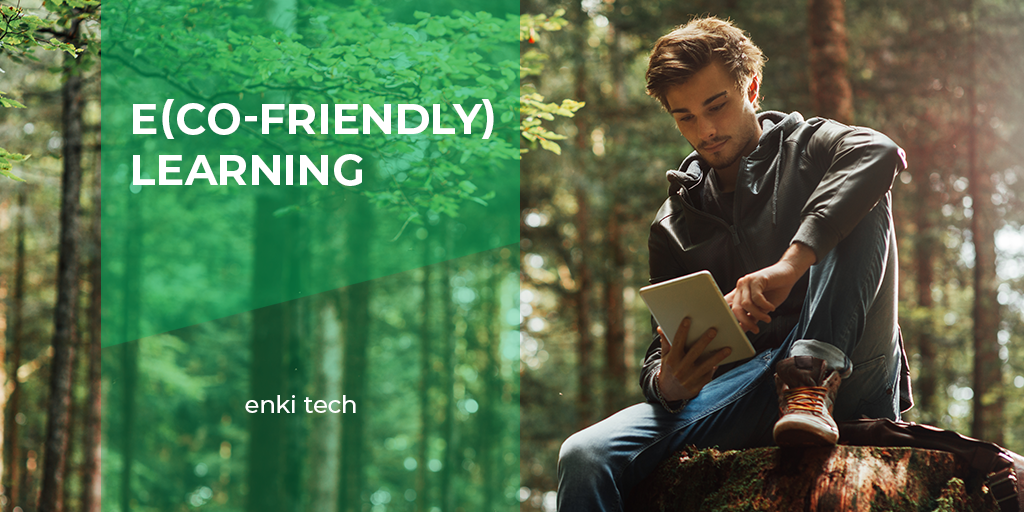
Climate change refers to the regional and global changes in climate patterns due to excess atmospheric carbon. For decades, scientists have warned us of the dangers looming in our future if we as global citizens do nothing to mitigate our environmental effects. Climate change has ravaged natural habitats worldwide, leaving many plant animal species endangered and encroaching on the livelihood and wellbeing of humans. For example, the 2019 fires in Australia devastated the outback and left the koala, a marsupial native to that region, functionally extinct. In 2017, Hurricane Maria ransacked Puerto Rico, killing over 2,900 people and costing the area $90 billion worth of damage. The hurricane was the worst natural disaster to hit the Island in almost 100 years. It is, in short, a global crisis and a crisis brought about by us. Human behavior directly contributes to the rise in global temperatures, and as we rely on the earth and its resources to survive, it is on us to do better.
Around the world, many people have already begun the mission, turning to technology and innovation to minimize our carbon footprint. People are working hard to find creative ways to be friendlier to the environment, from inventing electric cars and solar-generated electricity to recycle plastic water bottles by turning them into shoes. Companies worldwide can collectively minimize their impact on the environment is to turn to virtual learning. Virtual learning or e-learning uses technology to facilitate any training or educational experience online. E-learning can help cut our use of paper, gasoline, and other carbon-producing processes that contribute to global climate change.
Paper is one of the most widely used and wasted materials in America. Every year we produce 300 million tons of paper, with the average American consuming 700 pounds each year. That used paper then goes on to account for 25% of waste products that fill landfills. A large amount of paper waste that we generate comes from our office and school environment. A single office worker uses about 10,000 sheets of paper each year. Likewise, a single school goes through an average of 360,000 sheets of paper a year.
One way to eliminate this excess paper waste is to conduct our learning online. Conducting employee training and school lessons online could help businesses and schools save time and money and cut their paper waste. With e-learning, companies do not have to pay for a trainer, location, and document fees. Instead, all training courses can be taken online at each employees’ pace, allowing them to absorb the material when they can. For schools, e-learning can help them cut back on their paper use by enabling them to manage their lessons online. Students can do homework, write papers, and take tests online and send them to their instructors electronically, eliminating the need to print out unnecessary amounts of paper.
Online learning can also help us to cut back on the carbon emissions we produce. Experts believe that e-learning requires 90% less energy emission than brick and mortar learning institutions. E-learning does not require the same energy emission as a school building or a college campus. In addition, students and parents do not have to use transportation to get to a physical site to engage in the learning process, meaning individual carbon emissions per student will also go down (up to 85%).
Every year, colleges and universities receive more students and have little room to place them comfortably, forcing them to expand their campuses and infringe on their environment. American colleges and universities utilize 18.9 kWh of electricity and 17 cubic feet of natural gas per square foot annually. Large college buildings such as dorms can end up costing over $100,000 worth of energy. Existing structures and the expansion of campuses cost an immense amount of money, and the financial burden falls on the students as well, many of whom do not have the means to pay for increasing tuition rates and are forced to take out student loans. The internet allows learning to be much more accessible to those without the financial resources to travel to a campus or pay for a physical course. Video chat platforms such as Zoom and Skype are also used to maintain some human connection usually provided by the classroom environment.
E-learning and online classrooms are relatively new phenomena that improve how we learn and reduce our negative impact on our environment. E-learning allows for the democratization of learning for those who face obstacles that prevent them from attending a physical learning site. It also saves us money and reduces our carbon emissions, creating a pathway to a greener future.



